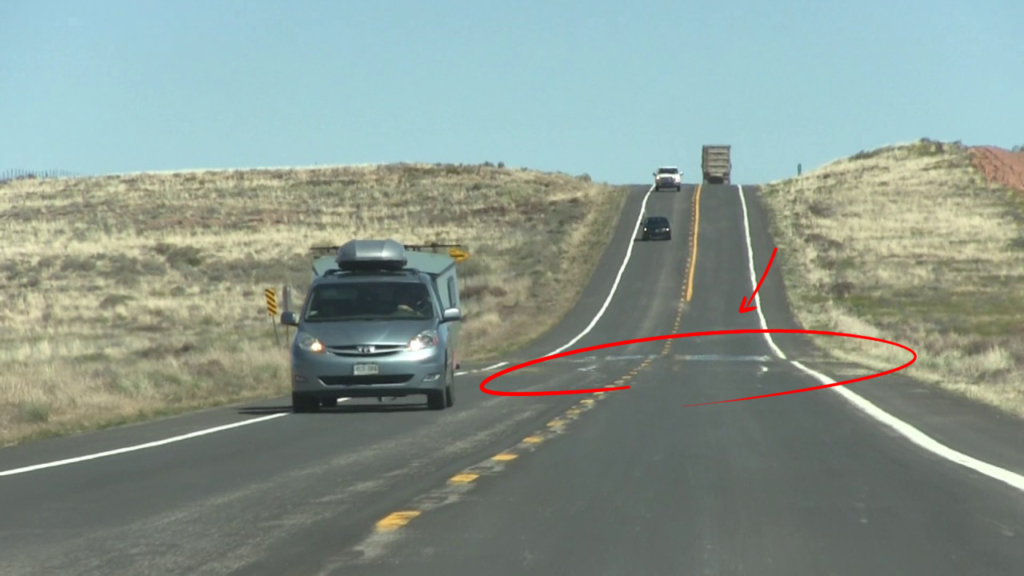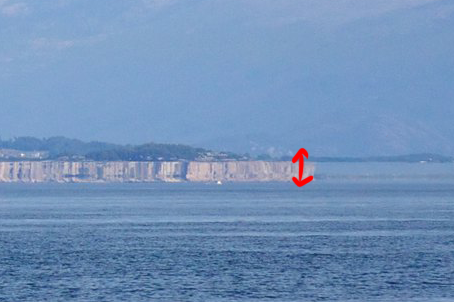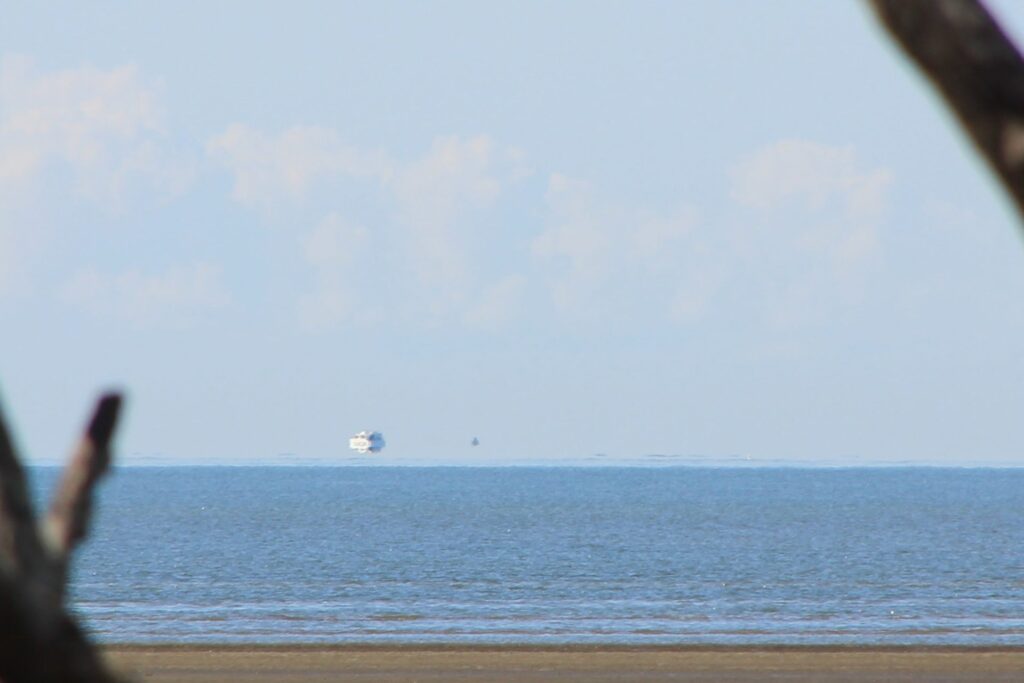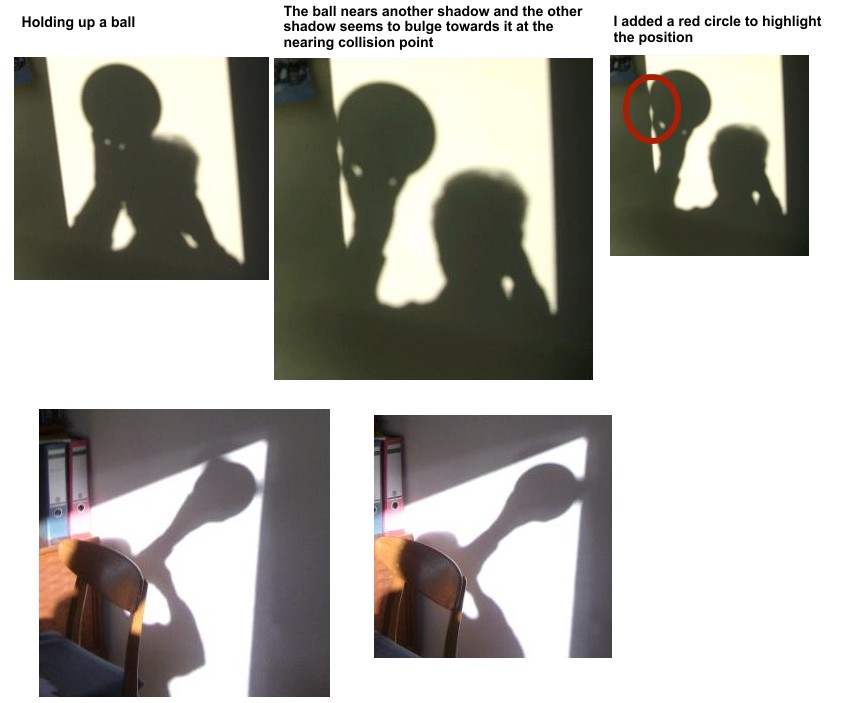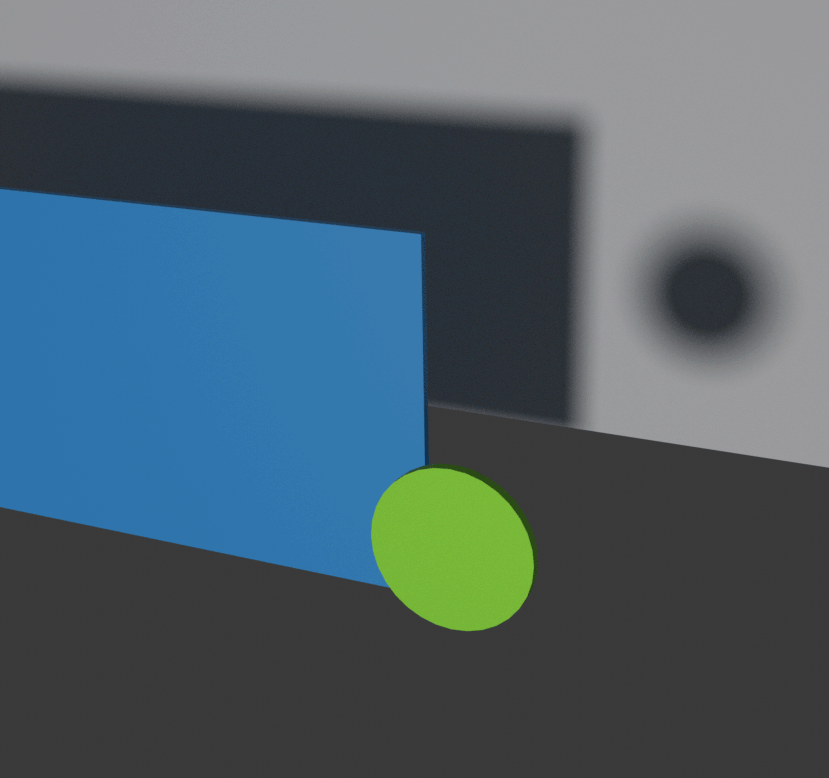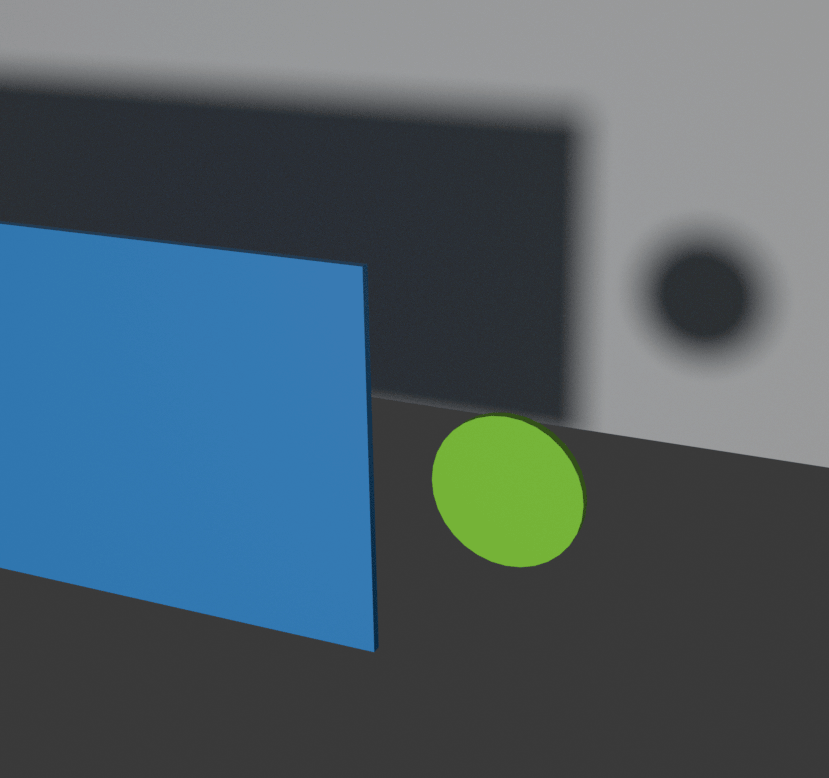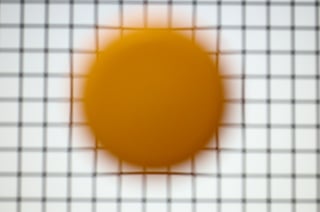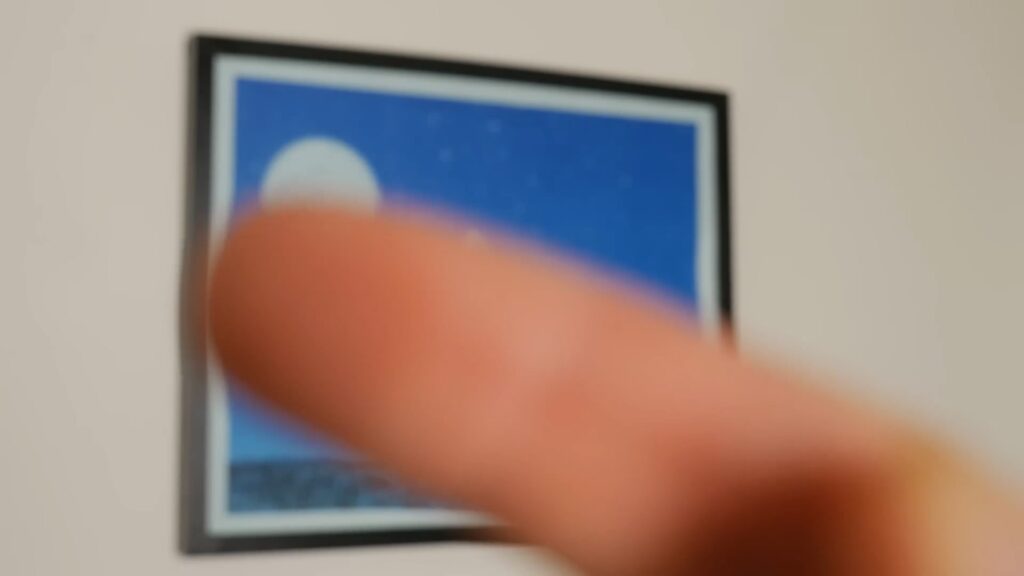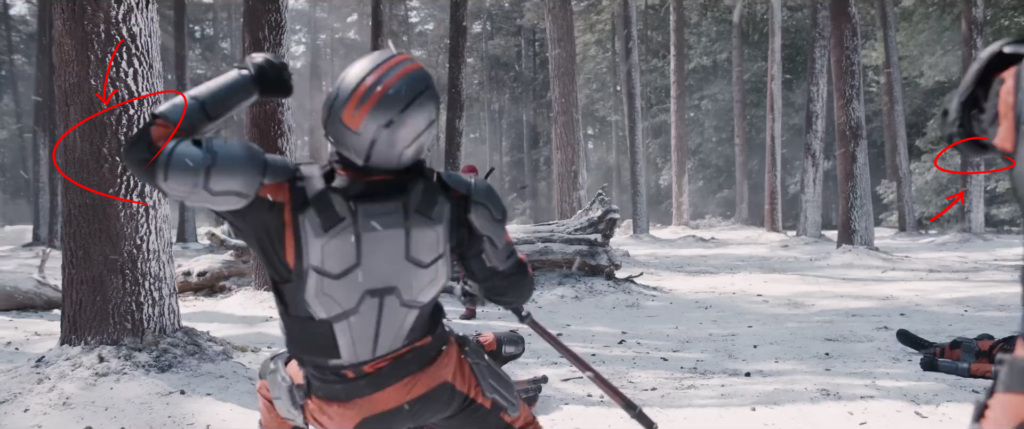
Photography for Compositing - Part III: Optical Illusion
- Interesting but Quite Annoying Natural Optical Phenomena
Just to clarify, this isn’t about trying to recreate or imitate these phenomena in compositing. It’s more about noticing these phenomena in videos I’ve watched and worked and trying to understand the reasons behind them. I’m gonna share some interesting tidbits of knowledge.
What we will mention in this article:
MIRAGE
Also known as Fata Morgana, which is Italian and comes from the Arthurian legend of the sorceress. When you hear this term, you might think of things like an oasis in the desert or a city on the distant horizon.
But no, that’s not what I mean.
It’s not that dramatic, and if this were really filmed on-site, it would have been edited out.
I’m talking about things like when you’re speeding down a highway in the summer and you see little puddles of water on the asphalt ahead, or small repeating, stretching blocks along the horizon, or even tiny objects appearing to float in the air.
Middle school physics.
The principle isn’t actually that hard to understand. It refers to light bending and creating a virtual image at a distant location or in the sky, which is a naturally occurring optical phenomenon. In atmospheric science, it’s called a mirage.
As shown in the image on the left, a superior mirage occurs when cold air is below and warm air is above. When light from the top of an object passes from the warm air layer into the cold air layer, the light bends downward into the viewer’s eyes. Because our visual system assumes that light travels in a straight line, the object appears taller or floating in the air.
In contrast, an interior mirage occurs in situations like deserts or asphalt roads, where there is a significant temperature difference. Under strong sunlight, the temperature rapidly rises near the surface, creating a warm air layer, while the cooler air is above. Light from the top of an object, which should normally hit the ground, bends upward into the viewer’s eyes, causing an inverted image. On the road, this often appears as a reflection of the sky, which is why it’s commonly mistaken for puddles of water.
The image of an interior mirage is unstable. As warm air, which is less dense, rises and cool air descends, the air layers mix, creating rising turbulence. One way to identify interior mirage is that the image will wobble due to the significant variations in air density, much like the Heat Wave Effect seen when looking at objects through hot air. The edges of the mirage will also constantly ripple and distort.
In the materials I’ve worked with, I’ve rarely seen this phenomenon, possibly because it wasn’t that strong to be pointed out. The only one I recall is when I was working on Preacher. There was a scene set on a highway where the camera shot from outside the windshield into the car. The interior and exterior scenes were filmed separately, and the highway footage showed a slight effect of interior mirage, though at the time, I didn’t know what it was.
SHADOW BLISTER EFFECT
Not sure if you’ve noticed, but under strong sunlight, if two shadows move closer to each other, they can sometimes form a shape resembling Metaball, where they appear to attract and merge at the edges. This phenomenon has also been discussed on Reddit, as shown in the image below.
The shadow blister effect is a visual phenomenon where one shadow can bulge (or bubble up) when it gets close to another shadow, or where the overlap of two shadows initially appears darker.
This effect is caused by the objects and the distances that their respective shadows project on the background. There’s a simple and easy-to-understand animation of this phenomenon on wikipedia.
Starting with the equidistant-distance shadows in the middle, you’ll see that the overlap of the two shadows initially becomes darker as they come together, forming a more concentrated dark area. This effect is mainly due to the fact that the shadows have blurred, transparent edges, known as the Penumbra. When the two shadows are separate, this effect isn’t as noticeable, but when they overlap, it becomes more pronounced.
In the first image, when the circle is in the front and its shadow is more defocused, the less blurred shadow of the blue wall appears to be pulled or deformed when it comes into contact with the circle’s shadow.
In contrast, when the blue wall’s shadow is more defocused, the shadow appears to collapse inward, while the circle’s shadow bulges outwards.
The video below explains the principle: Ray Theory. I won’t go into the details, but in simple terms, as the objects get closer, the occlusion and aperture become smaller, which changes the angle of the incoming light.
But these shouldn’t be related to compositing, should they? I’ve never heard of having to fix these kind of effects in compositing.
Yeah, you don’t need to, not for shadows. Unless it’s happening on objects then you probably still need to fix.
Let’s look at an example done by someone. This person on the forum conducted an experiment by putting a bottle cap in front of a screen grid, using a fixed camera distance but different focus distances to verify his answer.
The shadow blister effect only occurs when both objects are not completely in focus. Additionally, if the background doesn’t have enough detail or contrast, it might be harder to notice.
In my work, the most common situation is when the main subject moves out of the depth of field, and the background, while out of focus, contains many details. As shown in the image on the right, when the focus point is in front of the background, the angle of incoming light becomes smaller due to the ray theory mentioned earlier. As a result, the out-of-focus background appears sharper, more focused, and deformed around the edges of the circle.
See the actual situation in the image below.
In the opening snow fighting scene in Deadpool and Wolverine, TVA soldiers Minutemen keep rushing out of Timedoors and charging at Deadpool. The shots with a larger shutter angle, meaning the moving Minutemen appear more motion blur.
The background trees have many detail, with textures and props like snow on them. When the Minutemen move out of the depth of field or not exactly on the focus plane but have heavy motion blur, the textures on the background trees become distorted and warped.
These are two optical phenomena, which are easier to observe in some of plates, occur in natural environments and go directly through into camera.
Next, and very important, and needs to be mentioned ten times.
These two optical phenomena are often easily mistaken as issues with compositing. For instance, in the shots of Deadpool and Wolverine, where regular frame-rate shots are mixed with slow-motion shots, the latter are retimed during the client’s editorial version. We in compositing also need to adjust the speed to match the edit, and since each frame in slow motion is clearer, we also need to add extra motion blur.
According to the above, the shadow blister effect is often incorrectly identified as a problem caused by retime. Compositors who have used nodes in Nuke like OFlow or Kronos should know what I’m talking about—these nodes often produce results that need fixing, especially with more significant speed changes. In my shots, I ended up clearing the shadow blister effect in the more noticeable areas and then reapplying the cleaner patches to the trees.
So, when you receive plates with shadow blister effects or flickering mirages, you can see them, and of course supervisors can see them too.
Just fix them in comp
